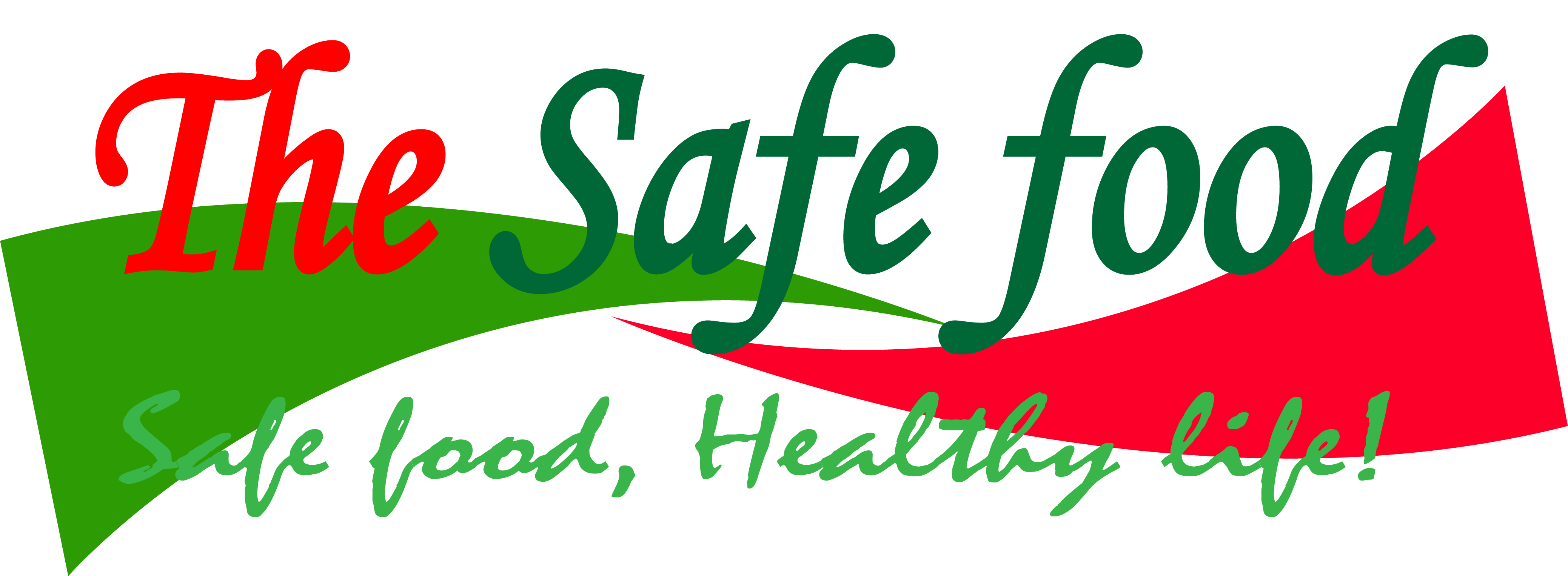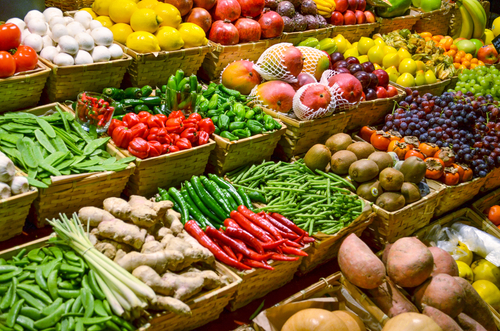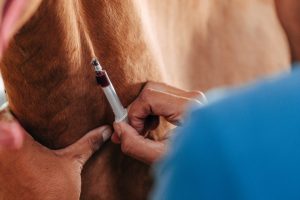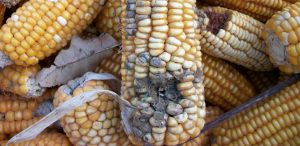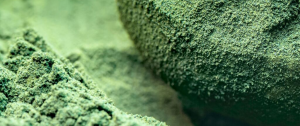Safe food is food that does not have any substances that may be harmful to the consumers. Harmful substances are categorized into physical, chemical or biological hazards.
Physical hazards are objects that may be present in food that can harm the consumer. For example broken glass
Chemical hazards are chemical substances that can harm the consumer. Examples include detergents, agricultural chemical residues, heavy metals
Biological hazards are those biological agents that can cause harm to consumers. E.g. Bacteria such as Salmonella, Mycobacterium tuberculosis, Listeria monocytogenes, Bacillus cereus etc.
Safe food is important because:
- It is your right to get safe food – Every consumer has a right to get safe food. All the actors along the value chain have a role to ensuring that the end product is safe. Thus, farmers selling vegetables to manufacturers must ensure that they are free from agricultural chemical residues. Manufacturers must show that the food is processed adequately and that it is safe. The consumer has to prepare the food well and according to manufacturers instructions to ensure that it is safe.
- Safe food ensures that there is a reduction in disease outbreaks – safe food minimizes the chance for diseases originating form the food consumed. This is not only good for the consumer economically but also for the government. Less money is spend to treat controllable foodborne diseases.
- Reduced healthy budgets – Improved living standards – Reduced disease outbreaks means less money and time spend in dealing with controllable foodborne diseases. The consumer and the government saves.
- Healthy workforce means continued productivity – Increased productivity of the workforce is certain if diseases are not a problem. Thus, if the food is safe, the economy will grow to a greater extend than if diseases are ravaging the populations.
